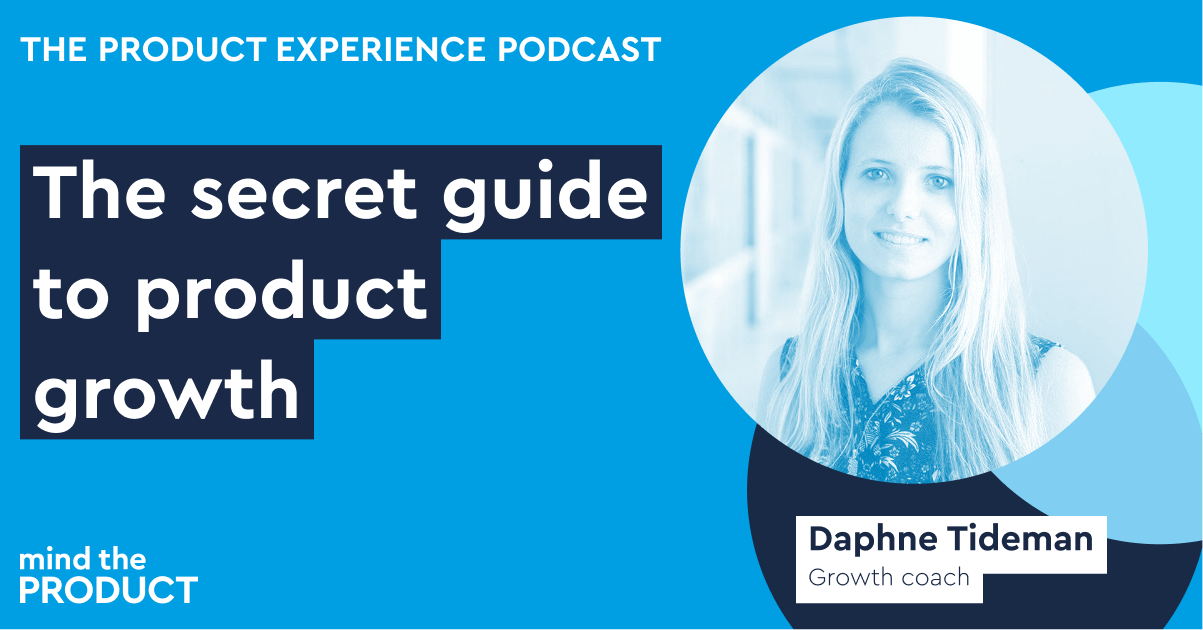Product/Market Fit
AUG 28, 2020
A Guide to Product/Market Fit
Read next

Podcast
The secret guide to product growth – Daphne Tideman on The Product Experience

The Product Experience
- 33 min read

Jobs-To-Be-Done
Prioritised Fireside Chat: Make better product decisions with JTBD

Louron Pratt
- 7 min read




Comments
Join the community
Sign up for free to share your thoughts